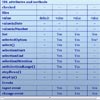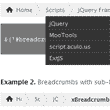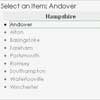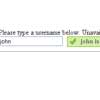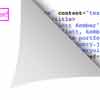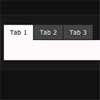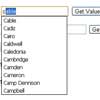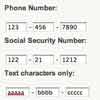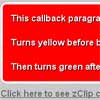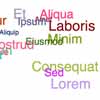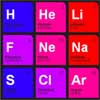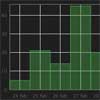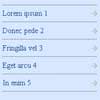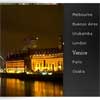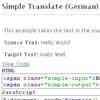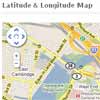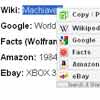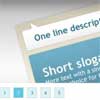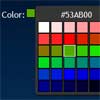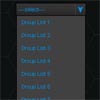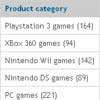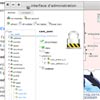floating-scroll
The Crux of the Matter
The general purpose of the plugin is to provide some lengthy containers on the page with a separate horizontal scroll bar, which does not vanish from sight when the entire page is scrolled. So, the user will always be able to scroll the container even if its own scroll bar is outside the viewport.
Details & API
There is the only public method used to instantiate and control a floating scroll bar — .floatingScroll(). The plugin method .floatingScroll() should be called in context of a scrollable container. It takes an optional argument method. The currently supported methods are
init(default value) — used to initialize a floating scroll bar widget;update— used to force update of the floating scroll bar parameters (size and position);destroy— removes a scroll bar and all related event handlers.
You may also trigger events update.fscroll and destroy.fscroll on containers with attached floating scroll bar: this does the same as invoking the corresponding methods.
Usage
Inclusion of plugin files
The plugin requires the CSS file jquery.floatingscroll.css to be included on the page (you may also import it in your CSS/LESS files). The plugin’s script file jquery.floatingscroll.min.js may be added on the web page either via a separate <script> element, or it may be loaded by any AMD/CommonJS compatible module loader. This is a jQuery plugin so be sure that this library is added and accessible.
Initialisation
The only thing required to apply floatingScroll to a static container (whose sizes will never change during the session) is a single call of the .floatingScroll() method on the DOM ready event:
$(document).ready(function () { $(".spacious-container").floatingScroll(); });Auto-initialisation
There is another way of initialising the floatingScroll widget without writing a single line of JavaScript code. Just add an attribute data-fl-scrolls to the desired container. As the DOM is ready the plugin will detect all such elements and will do initialisation automatically.
<div class="spacious-container" data-fl-scrolls> <!-- Horizontally wide contents --> </div>The auto-initialisation feature is available starting with v3.0.0.
Updating scroll bar
If you attach a floating scroll bar to a container whose size and/or content may dynamically change, then you need a way to update the scroll bar each time the container’s sizes change. This can be done by invoking the method update as in the example below.
$(".spacious-container").floatingScroll("init"); $("#refresh-button").click(function () { // ... some actions which change the total scroll width of the container ... $(".spacious-container").floatingScroll("update"); });Destroying floating scroll bar
To detach a scroll bar and remove all related event handlers, use the method destroy as follows:
$(".spacious-container").floatingScroll("destroy");Special cases
If you want to attach a floating scroll bar to a container living in a positioned box (e.g. a modal popup with position: fixed) then you need to apply two special indicating class names in the markup. The plugin detects these indicating class names (they are prefixed with fl-scrolls-) and switches to a special functioning mode.
<div class="fl-scrolls-viewport"><!-- (1) --> <div class="fl-scrolls-body"><!-- (2) --> <div class="spacious-container"> <!-- Horizontally wide contents --> </div> </div> </div>The .fl-scrolls-viewport element (1) is a positioned block (with any type of positioning except static) which serves for correct positioning of the floating scroll bar. Note that this element itself should not be scrollable. The .fl-scrolls-body element (2) is a vertically scrollable block (with overflow: auto) which encloses the target block the plugin is applied to. After applying these special class names, you may initialise the plugin as usual:
$(".spacious-container").floatingScroll();The plugin’s CSS file provides some basic styles for elements with classes .fl-scrolls-viewport and .fl-scrolls-body. Feel free to adjust their styles in your stylesheets as needed.
“Unobtrusive” mode
You can make a floating scroll bar more “unobtrusive” so that it will appear only when the mouse pointer hovers over the scrollable container. To do so just apply the class fl-scrolls-hoverable to the desired scrollable container owning the floating scroll bar.
Live demos
Check out some usage demos here.
